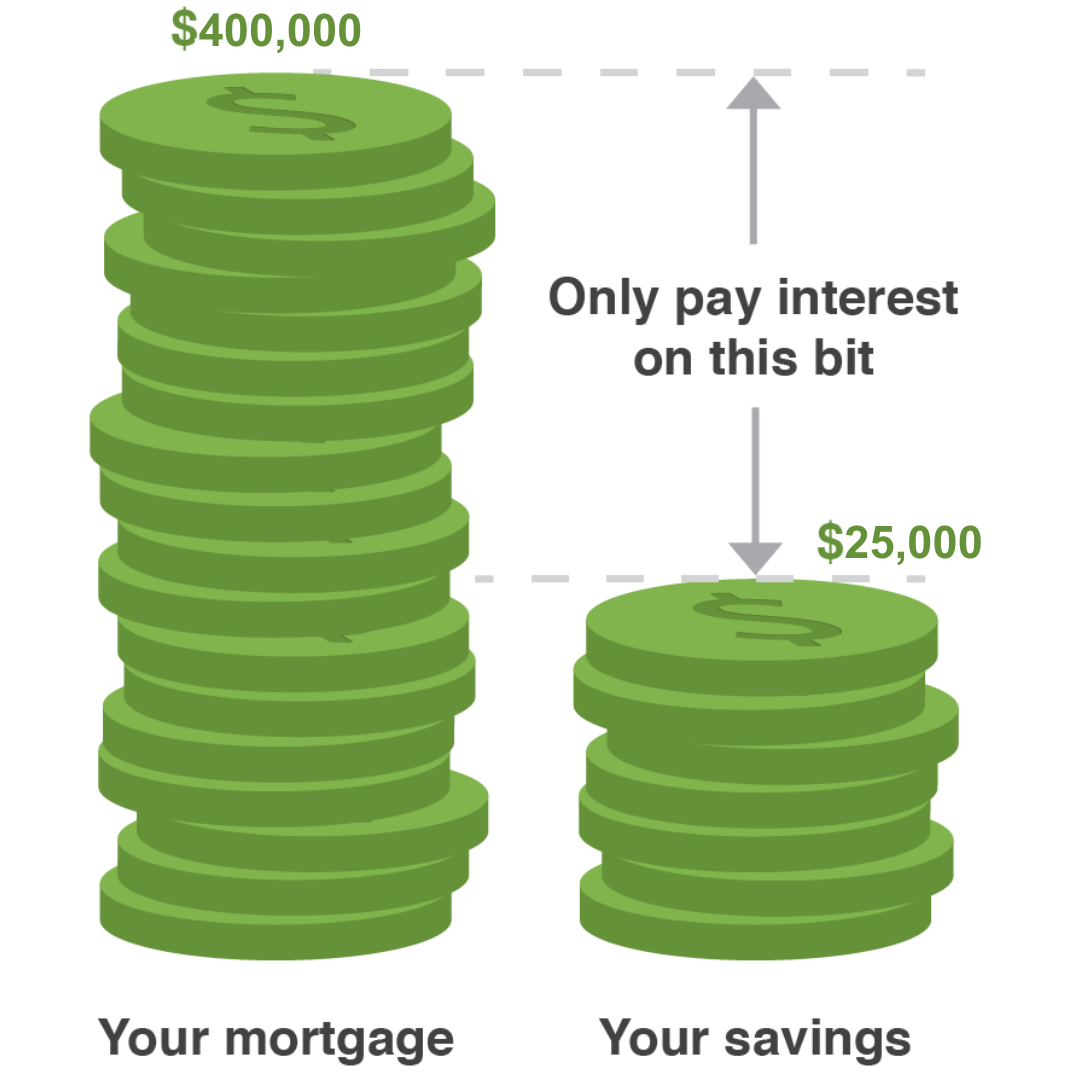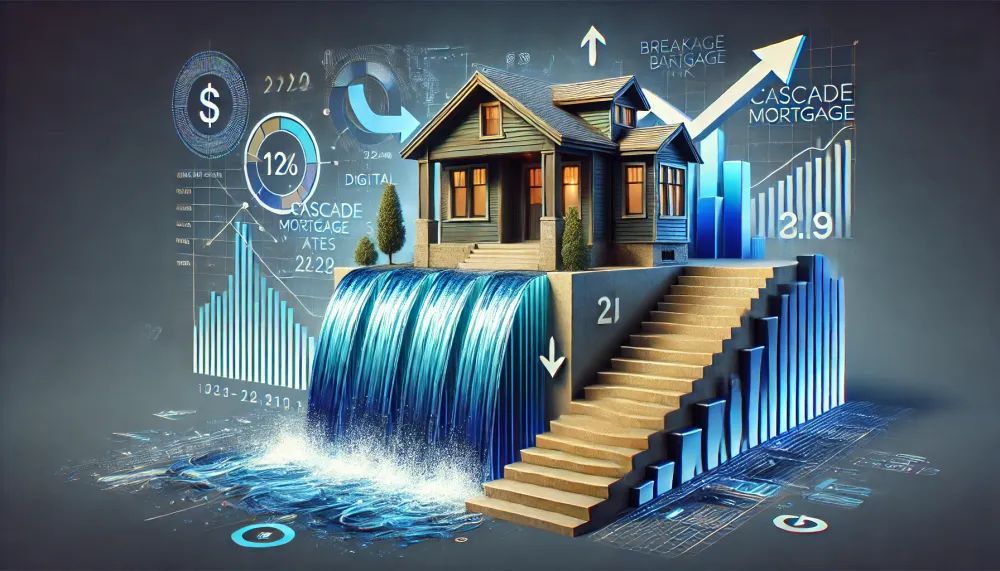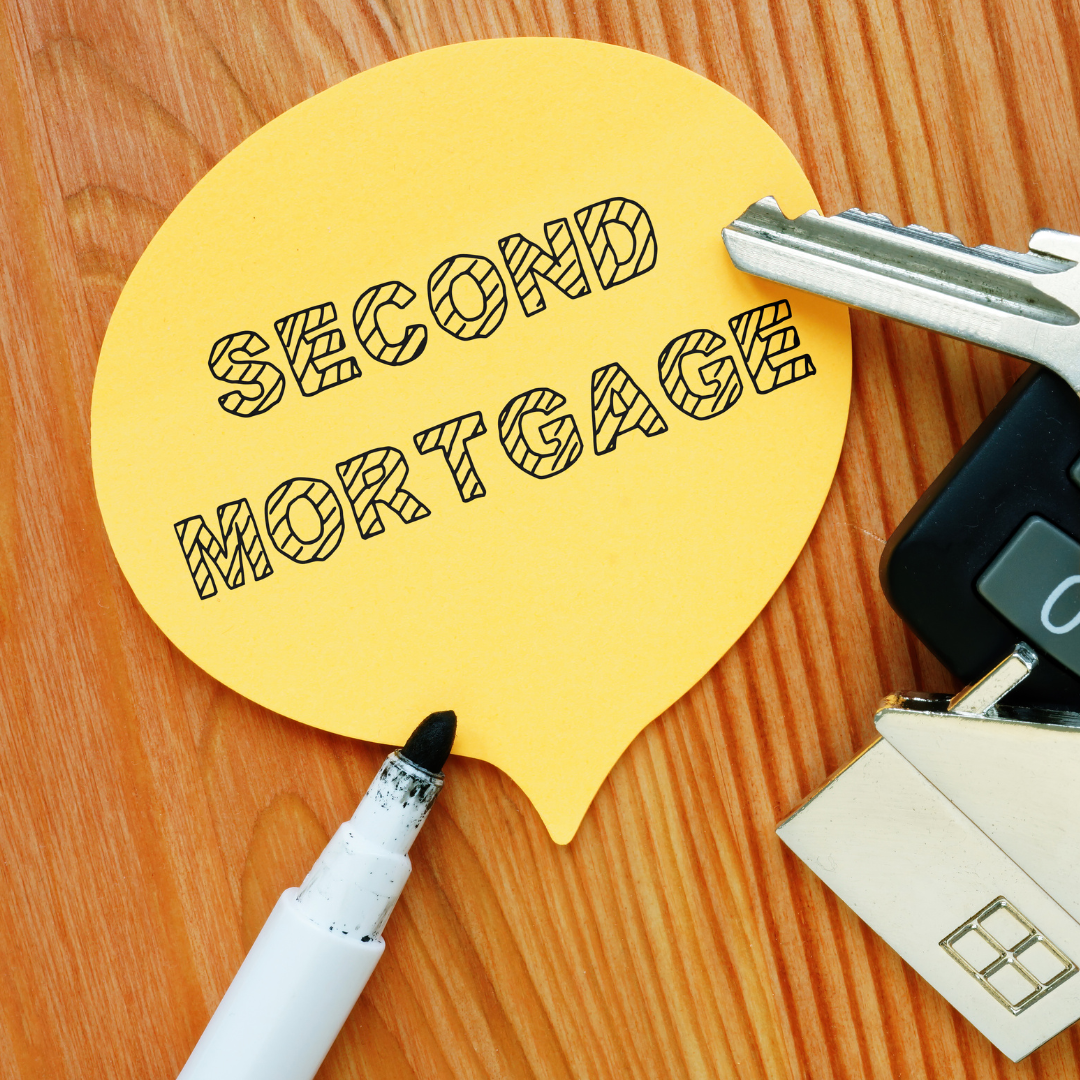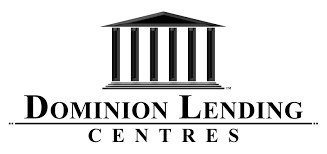Reasons to be Pre-Approved for a Mortgage Early
Getting your mortgage pre-approved will make everything easier in the long-run, but there are some things you should hold off on doing if you’re in the middle of a pre-approval period.
If you are looking to get pre-approved in Abbotsford or Chilliwack, start here first:
When you think of the first steps involved in buying a home, you’re probably thinking about talking to a real estate agent and viewing homes. In fact, these aren’t the first steps towards buying a home. The first steps happen months before, in the office of your mortgage broker.
That’s right, the very first step to buying a home should be applying for mortgage pre-approval. Applying for mortgage pre-approval in advance will allow you to address problems with your application, avoid embarrassing situations, and side-step the potential for financial hardship.
Here are six reasons why mortgage pre-approval is the most important and first step in the home buying process.
1. Increase your buying power with a larger down payment
One of the key benefits of early mortgage pre-approval is that for the first time you’ll have an accurate view of your buying power. Your mortgage broker will use your income information and your down payment information to determine your maximum purchase price, and you’ll have a firm idea of how much home you can afford.
The Home You Want!
The Home You Can Afford!
Once you know your maximum purchase price, you’ll know whether your buying power matches the types of homes and neighbourhoods you have in your sights.
If it doesn’t, you can increase your down payment, which will increase your buying power. There are three primary ways to increase your down payment amount.
3 Ways to Increase you Down Payment
Save More Money
First, you could save more money. The biggest drawback to this method is that it typically takes the longest amount of time.
Ask for a Gift
Second, you could ask for a financial gift from your family. About 15 percent of homes purchased between 2014 and 2016 used a down payment gift according to the latest stats from Mortgage Professionals Canada.
Home Buyers’ Plan
Third, you could take advantage of the Home Buyers’ Plan, which is a government program that allows first-time homebuyers to borrow up to $25,000 from their Registered Retirement Savings Plan (RRSP) to put towards their home down payment. The extra $25,000 could increase your buying power significantly.
Example:
Let’s say you had saved a $25,000 down payment, and have a combined family income of $125,000. Your maximum purchase price is $500,000. But if use the Home Buyers’ Plan and double your down payment to $50,000, your maximum purchase price will increase to $634,100. In some neighbourhoods that may be the difference between buying the home of your dreams and making some serious compromises.
The money you withdraw from your RRSP under the Home Buyers’ Plan can be used for your down payment, closing costs, or even to purchase furniture after you move. The money must be repaid over a 15-year period.
Whether you take the time to save more money for your down payment, ask your family for a monetary gift, or take advantage of the Home Buyers’ Plan, applying for early pre-approval will give you a clear idea of how much home you can afford so that you can adjust your expectations accordingly.
2. Renovate and customize your new home
Applying for early mortgage preapproval can expand your home buying options, especially if you weren’t open to a home in need of renovations. Applying for pre-approval can give you a leg up on your application for the Canadian Home Renovation Plan, which allows homebuyers to finance an additional 10% of the total purchase price for home improvements or renovations. The maximum amount you can finance is $40,000, and this amount is added to your mortgage amount and paid off over time.
With up to $40,000.00 available for renovating your home, there are limitless ways to customize your home to your liking. What renovation would you do, Kitchen Bathroom, or new flooring?
So if you’ve previously turned away from homes in need of new kitchens or bathrooms, the Canadian Home Renovation Plan could help you turn that no into a yes, and expand your home buying options dramatically. The program requires you to communicate with contractors and obtain quotes, so starting early is a good idea.
3. Secure a lower rate
While Canada has been living in the era of ultra-low interest rates for almost a decade, mortgage interest rates have been slowly creeping up over the past year and a half. If you know you want to buy a home soon, and you want to take advantage of today’s low rates, applying for mortgage pre-approval will help you achieve this goal. Mortgage pre-approval comes with the option to lock in a specific mortgage rate for a certain number of days, usually 120 days. Rate holds are usually applied to fixed-rate mortgages. If rates rise during your rate hold, you are entitled to the lower rate. If rates drop, your mortgage broker will renegotiate the lower rate on your behalf.
4. Learn the necessary closing costs
Most people are aware of down payment requirements when it comes to searching for a home, but what about closing costs? Closing costs include legal fees, land transfer tax, property taxes, home inspection fees, and more. A good rule of thumb is to budget between 1.5% and 4% of the selling price for closing costs.
If you haven’t budgeted for closing costs yet, now is the time to start. If your home buying budget is $300,000, you’ll need at least $4,500 saved for closing costs, on top of the $15,000 minimum down payment.
When you apply for mortgage pre-approval, your mortgage broker can supply you with a list of common closing costs for your area, and advise you on whether you have enough money saved. If you don’t, an early mortgage pre-approval means you have plenty of time to get your ducks in a row before you begin searching for your new home in earnest.
5. The do’s and don’ts before applying for a mortgage
A good mortgage broker will provide you with a checklist of everything you need for your final mortgage application, but going through the pre-approval process is a good way to determine whether there are any red flags to address right away.
Common items like proof of down payment, income verification, and your credit score will all be checked during the pre-approval process, which will give you time to rectify any errors well in advance. Your mortgage broker will also advise you on common mistakes to avoid between getting pre-approved and final approval. Common mistakes to avoid include:
These are major life changes that can affect your ability to qualify for a mortgage. In most cases, you should wait to make these life changes until after you become a homeowner.
6. Credit is king
Your credit score is a major part of your mortgage approval, so the time to check your credit score and report is during the pre-approval process.
You can order a copy of your credit report from one of the two major credit reporting agencies in Canada: Equifax or Transunion. Alternatively, you can request a free copy of your credit score and report from a company like Borrowell.
It’s important to ensure the information listed on your credit report is correct, and if you catch any errors, report them immediately to both credit agencies. Common mistakes include:
-
Credit accounts that are not attributed to your account
-
Credit accounts that are attributed to your account but do not belong to you
Some errors, such as a misspelt name will not directly affect your credit score, but others, like misattributed credit accounts, can negatively affect your credit score. Since your credit score is an integral part of the mortgage pre-approval process, it’s important to get these errors fixed promptly. The process of fixing errors on your credit report and seeing the change reflected on your credit score can take up to six months, which is why it’s a good idea to apply for mortgage pre-approval early.
In all of these cases, getting early mortgage pre-approval will take the pressure off and give you time to make sure you are ready for the home buying process. Buying a home is stressful, and early mortgage pre-approval helps alleviate some of that stress.
The post Reasons to be Pre-Approved for a Mortgage Early appeared first on Abbotsford & Chilliwack Mortgage Broker Lender.
Let’s get moving
Our latest articles








